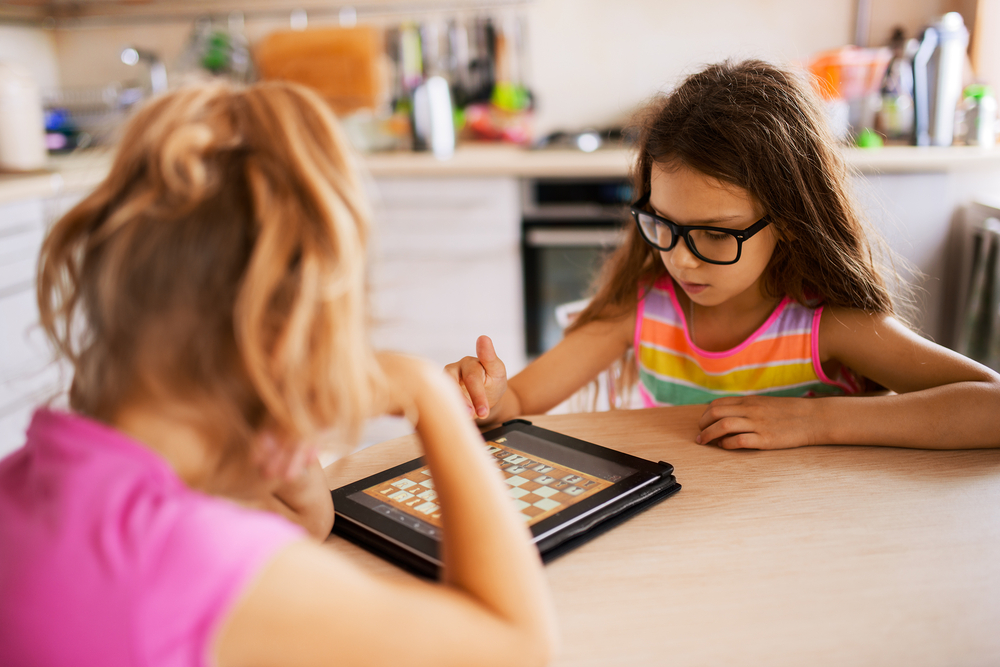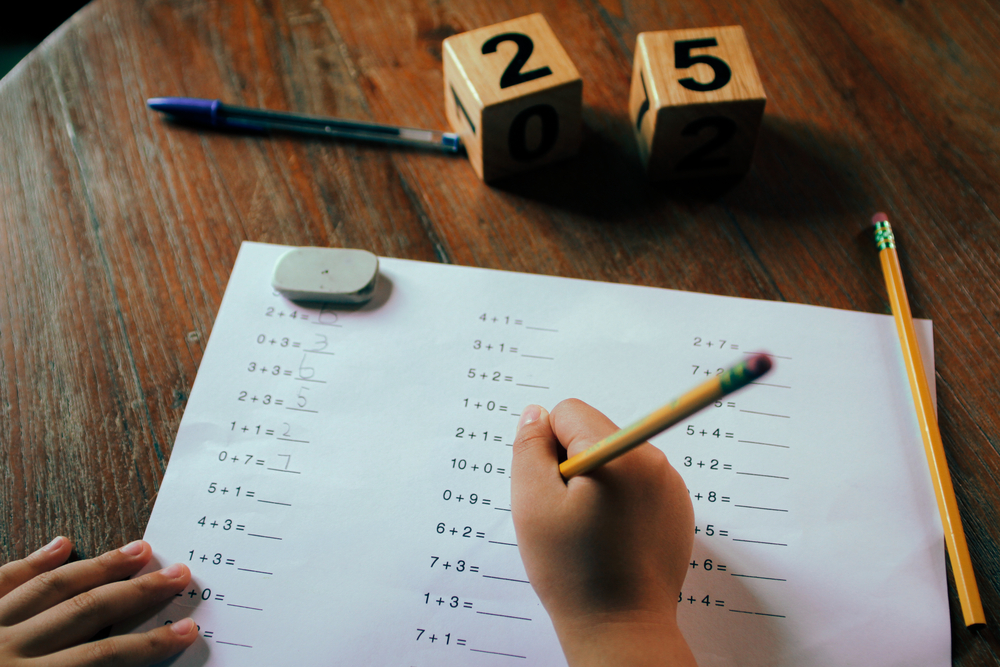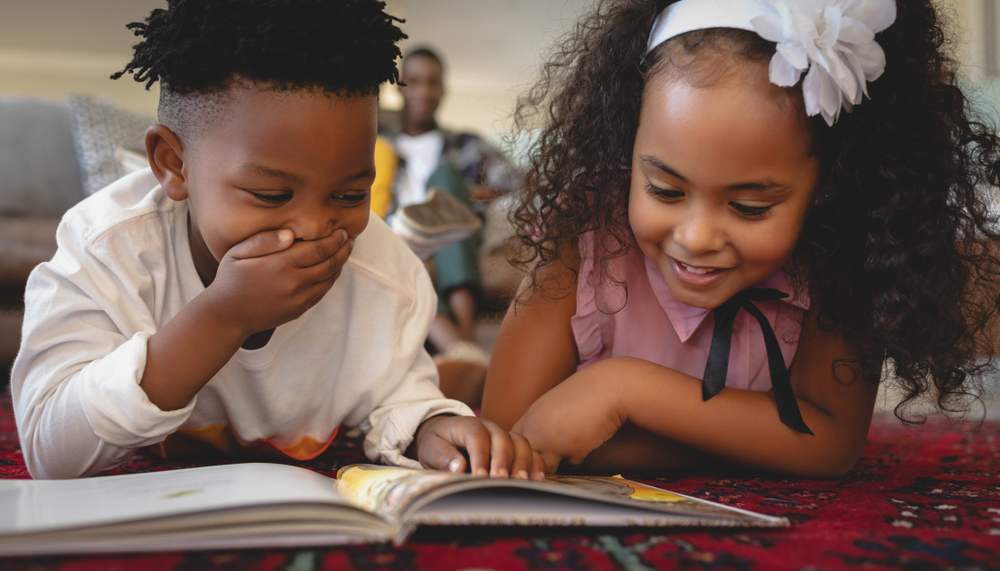Color Identification Worksheets for Ages 6-9
69 filtered results
-
From - To
Our Color Identification Worksheets for Ages 6-9 are thoughtfully designed to make learning fun and engaging. These printable resources allow children to explore and recognize a wide spectrum of colors through various exciting activities and exercises. Perfect for both classroom and home use, each worksheet is tailored to develop essential learning skills, such as color recognition, critical thinking, and fine motor coordination. By completing these tasks, children not only gain confidence in identifying and naming colors but also enhance their cognitive development. Visit Kids Academy to download and print these vibrant worksheets, and set your child on a colorful educational journey today!
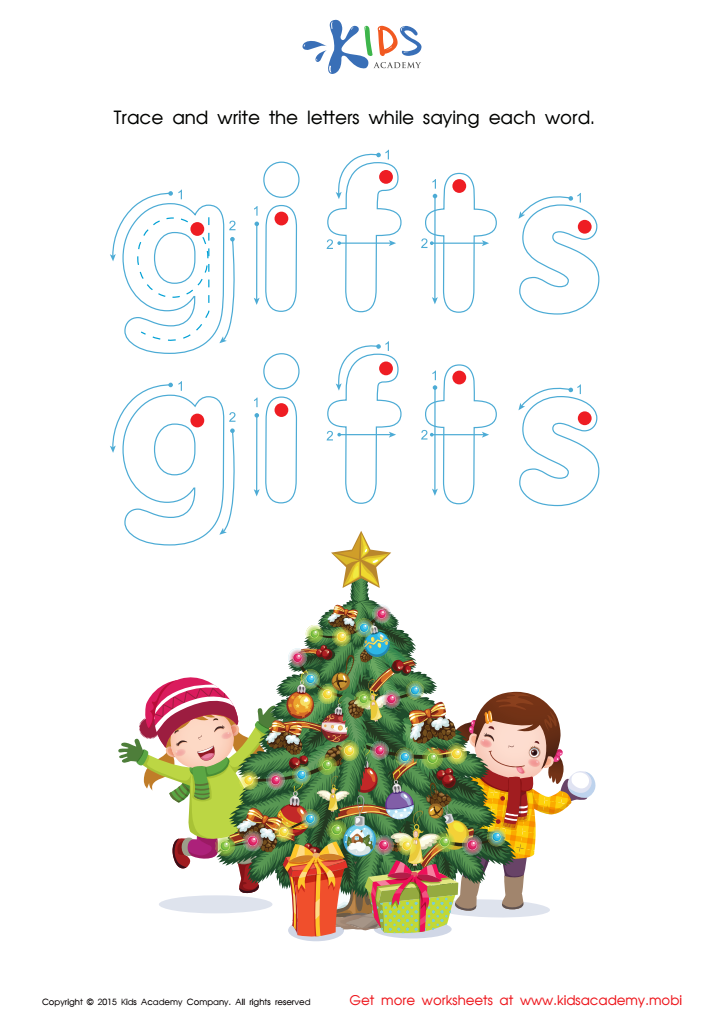

Christmas Tree Tracing Winter Words Worksheet
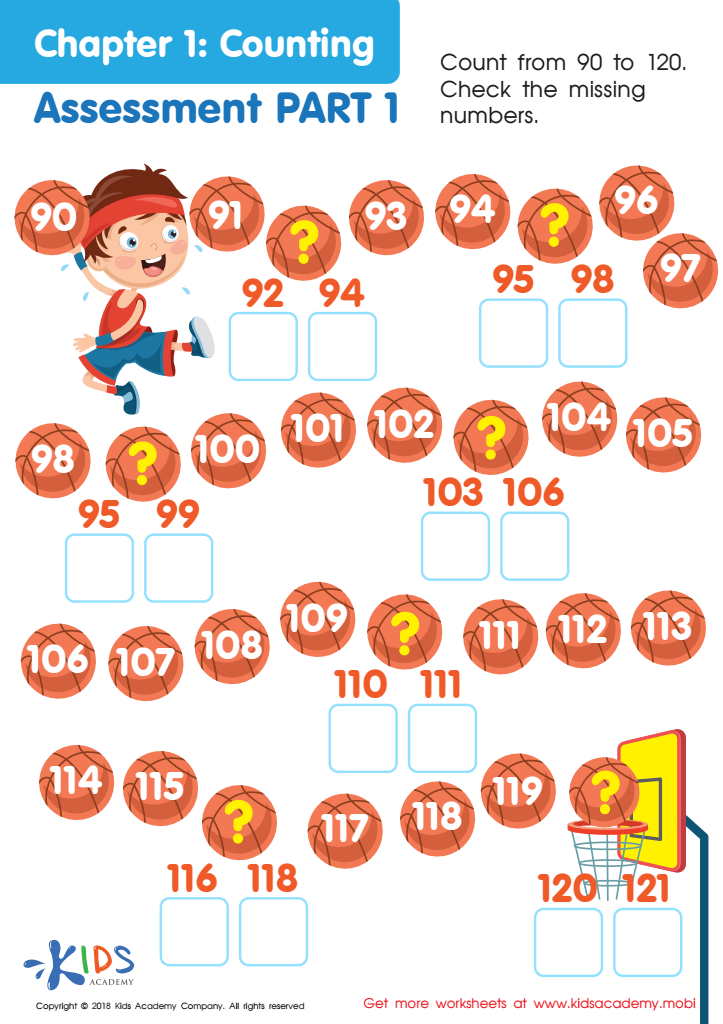

Counting Past 1: Assessment 1 Worksheet


Robot Printable
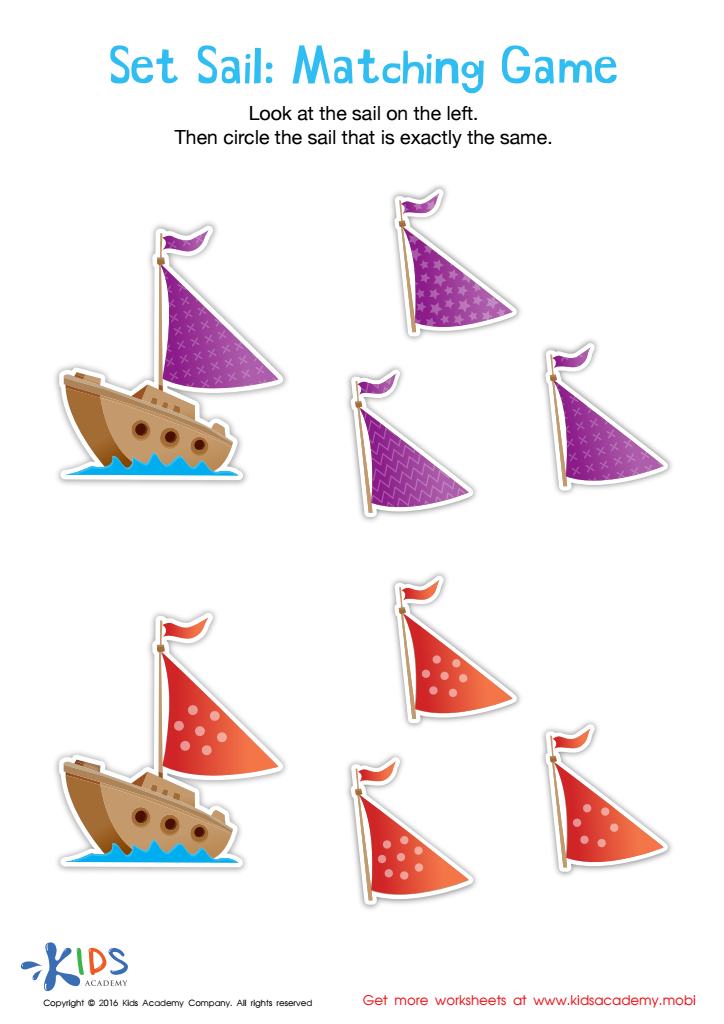

Set Sail Worksheet
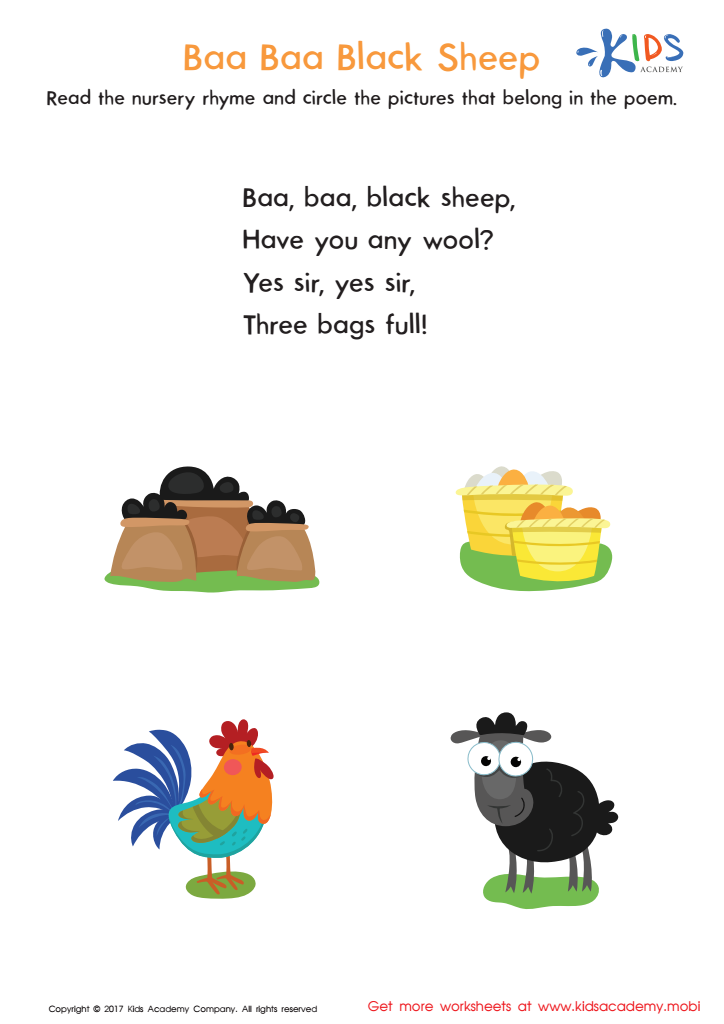

Baa Baa Black Sheep Printable
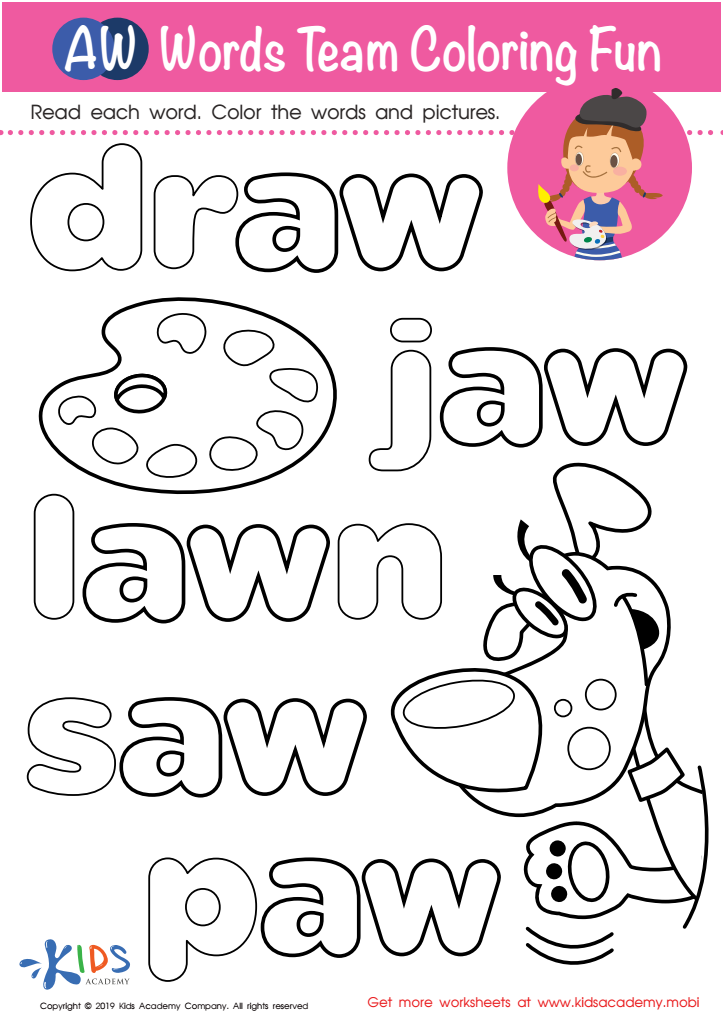

AW Words Team Coloring Fun Worksheet
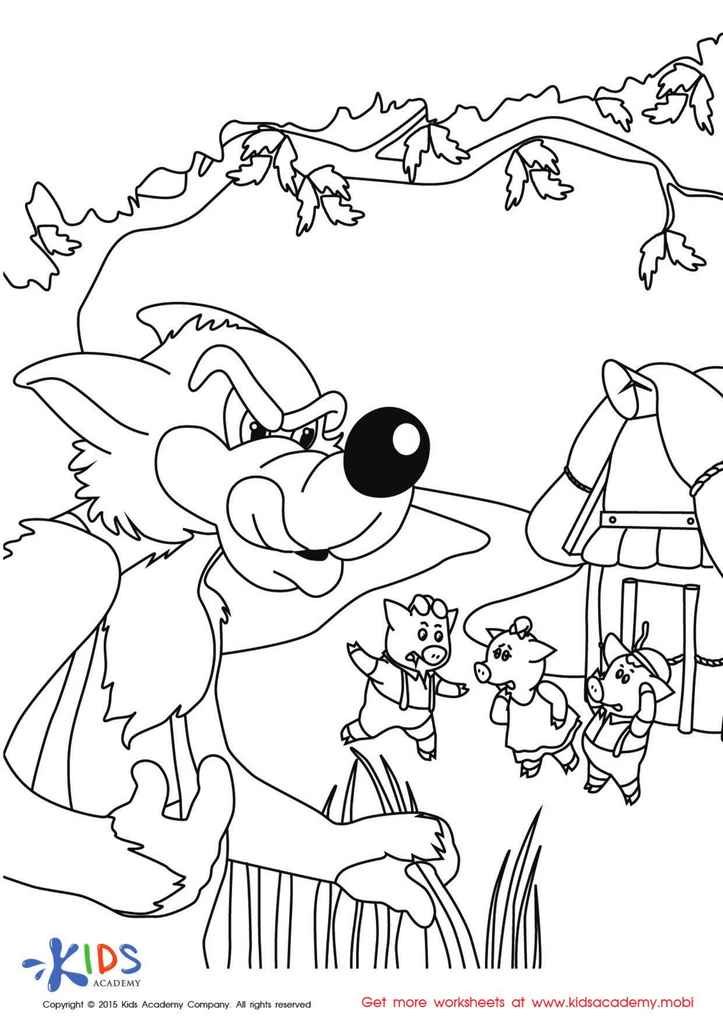

The Story of the Three Little Pigs Coloring Worksheet
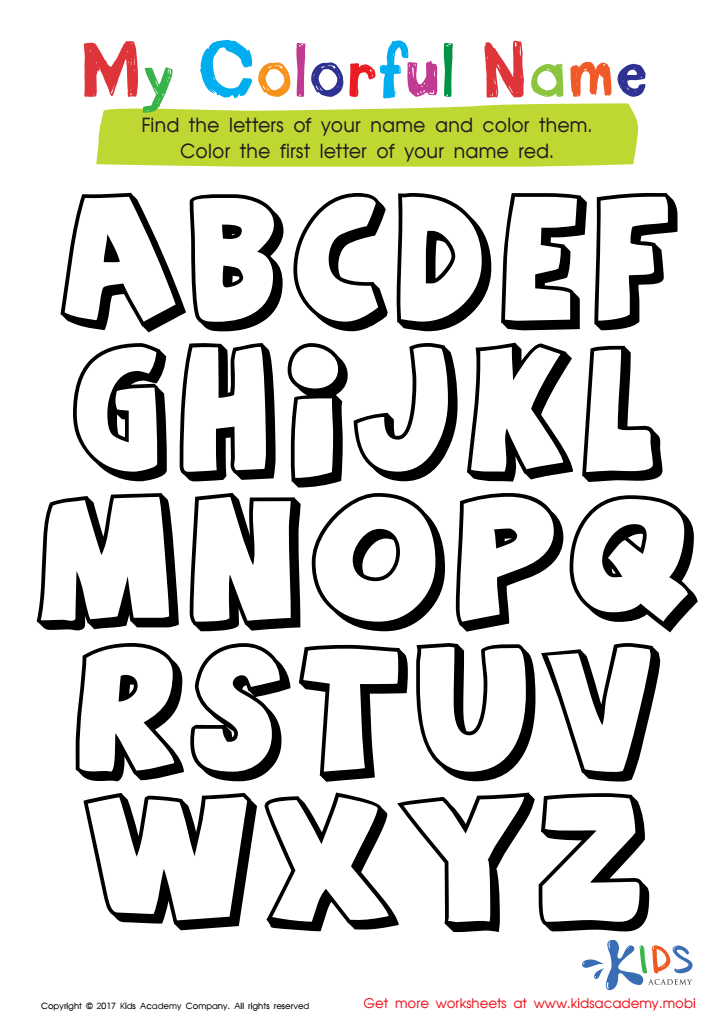

My Colorful Name Worksheet
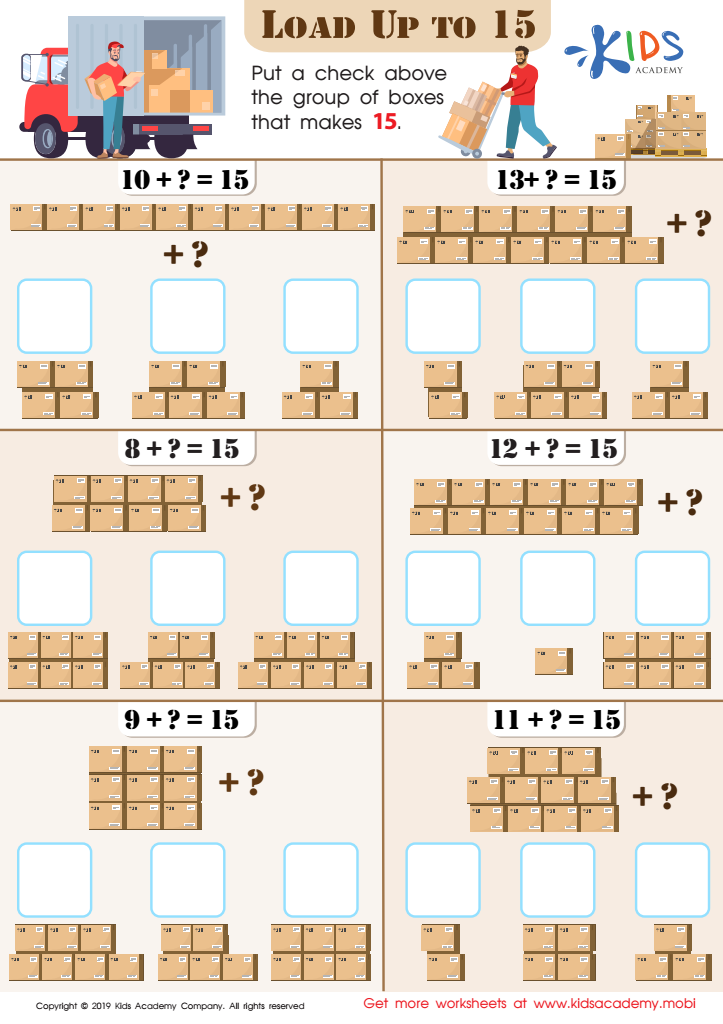

Load up to 15 Worksheet
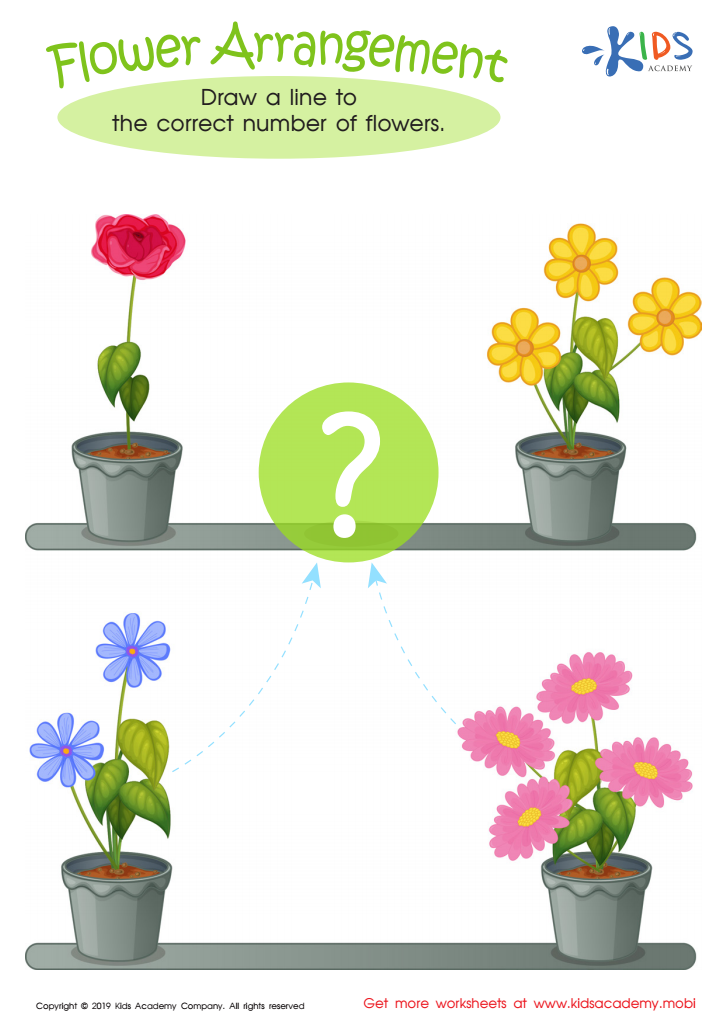

Flower Arrangement Worksheet
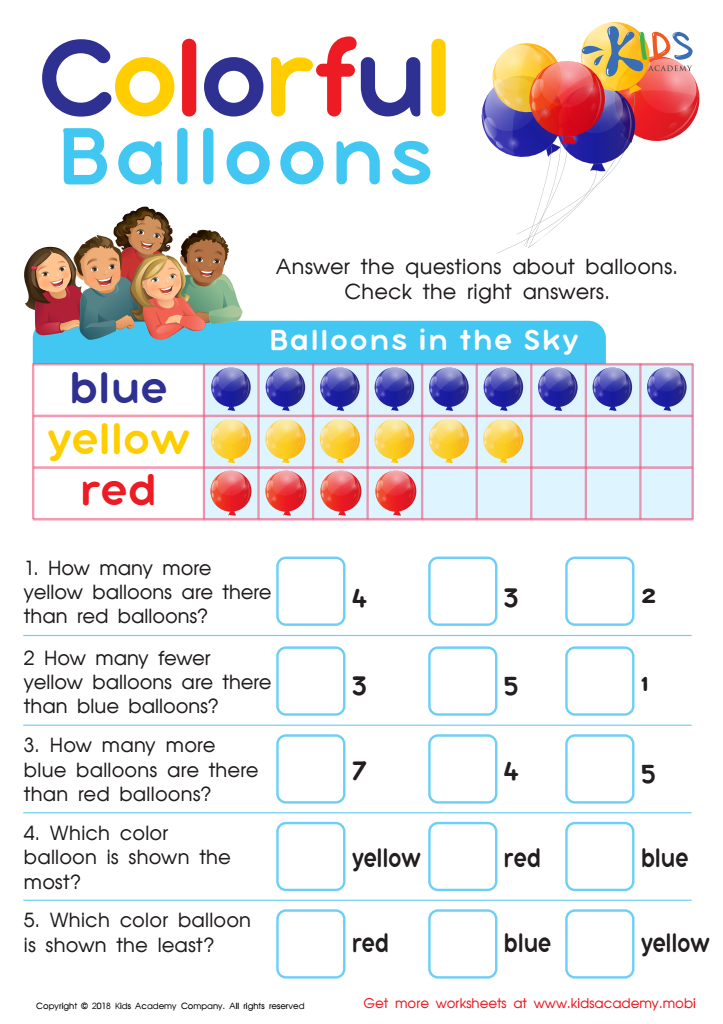

Picture Graphs: Colorful Balloons Worksheet


Fish Worksheet
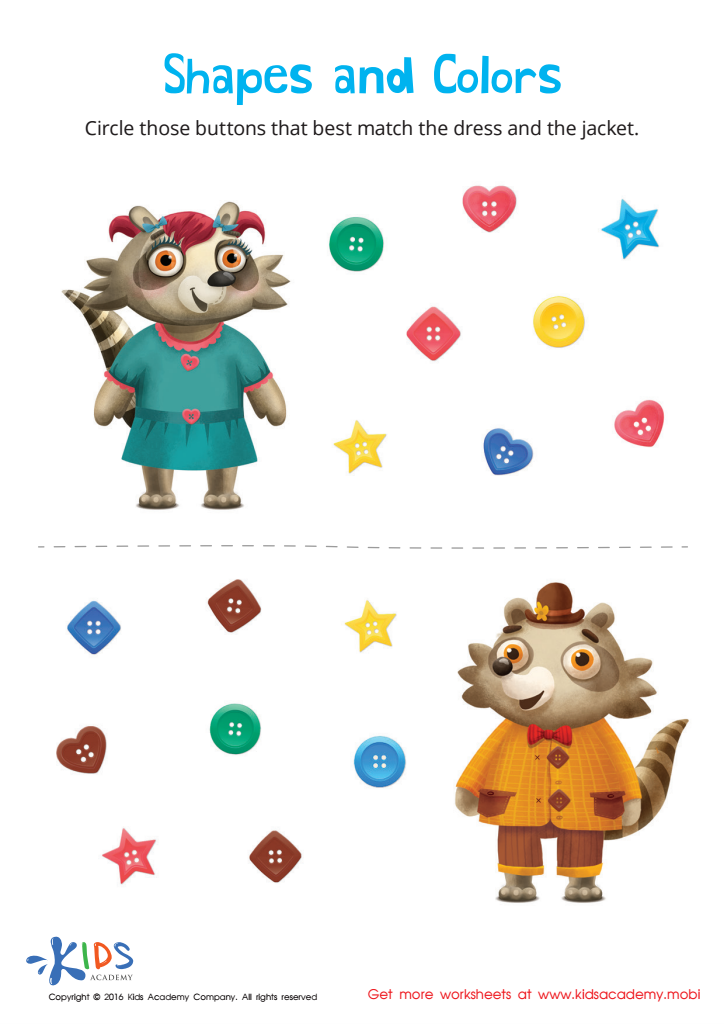

Matching: Shapes and Colors Worksheet
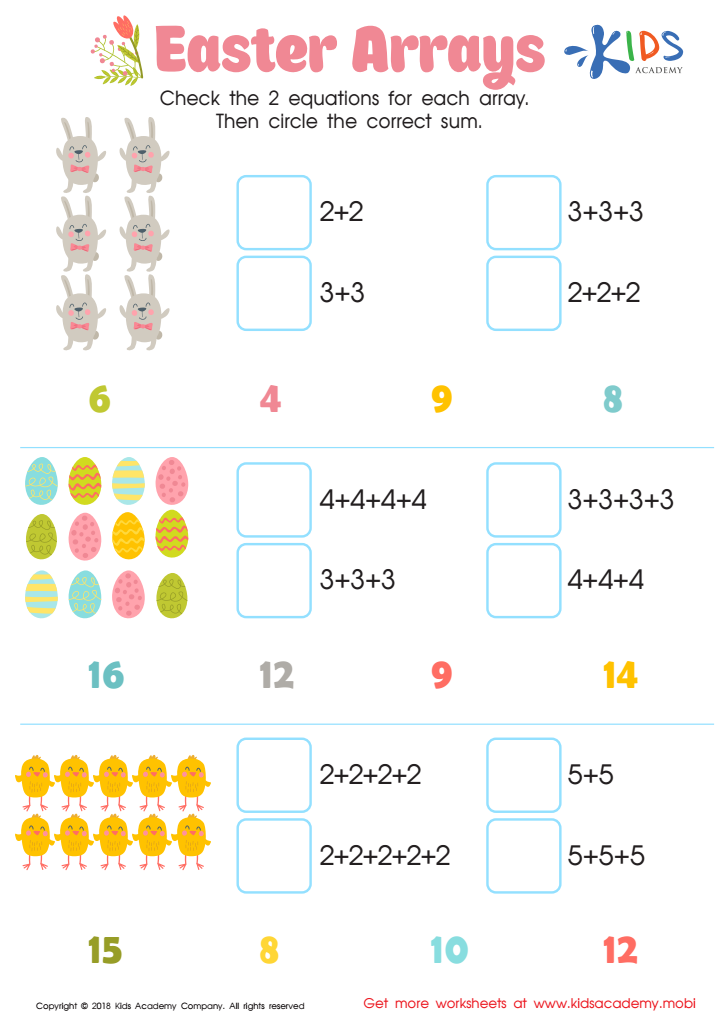

Easter Arrays Worksheet
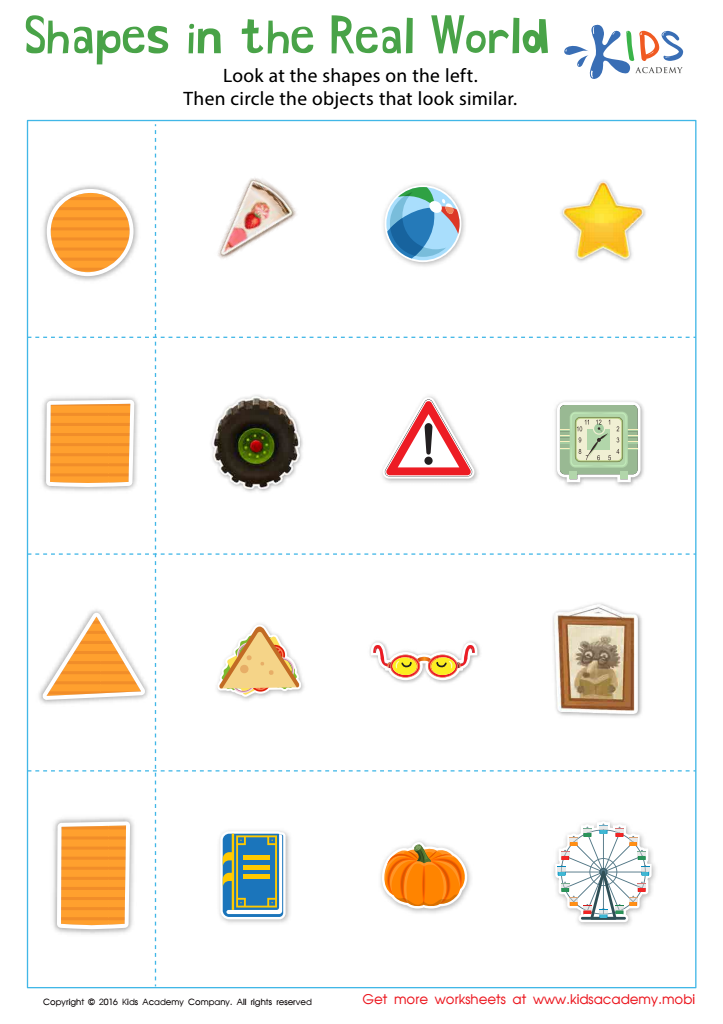

Shapes in the Real World Worksheet
Color identification plays a crucial role in the cognitive and social development of children aged 6-9. At this stage, children's brains are like sponges, readily absorbing new information that forms the foundation for future learning. Understanding and naming colors helps improve a child’s communication skills, as describing objects becomes more precise and detailed. For instance, instead of saying "the apple," they can specify "the red apple," which enhances language skills and comprehension.
Additionally, mastering colors aids in the development of sorting and categorizing skills, important cognitive processes that help in problem-solving and logical thinking. In education, these skills translate into better performance in math and science, where categorization and pattern recognition are crucial.
Furthermore, recognizing colors fosters artistic exploration and expression. Art activities such as drawing and coloring allow children to creatively engage with their environment and express their emotions and ideas.
Strengthening color identification is also fundamental for safety. Children who recognize and understand the significance of colored signs and signals, like traffic lights and warning signs, can navigate their world more securely.
In summary, color identification is more than just a basic skill; it's a building block that supports broader educational and developmental milestones, making it essential for the well-rounded growth of children.

 Assign to My Students
Assign to My Students


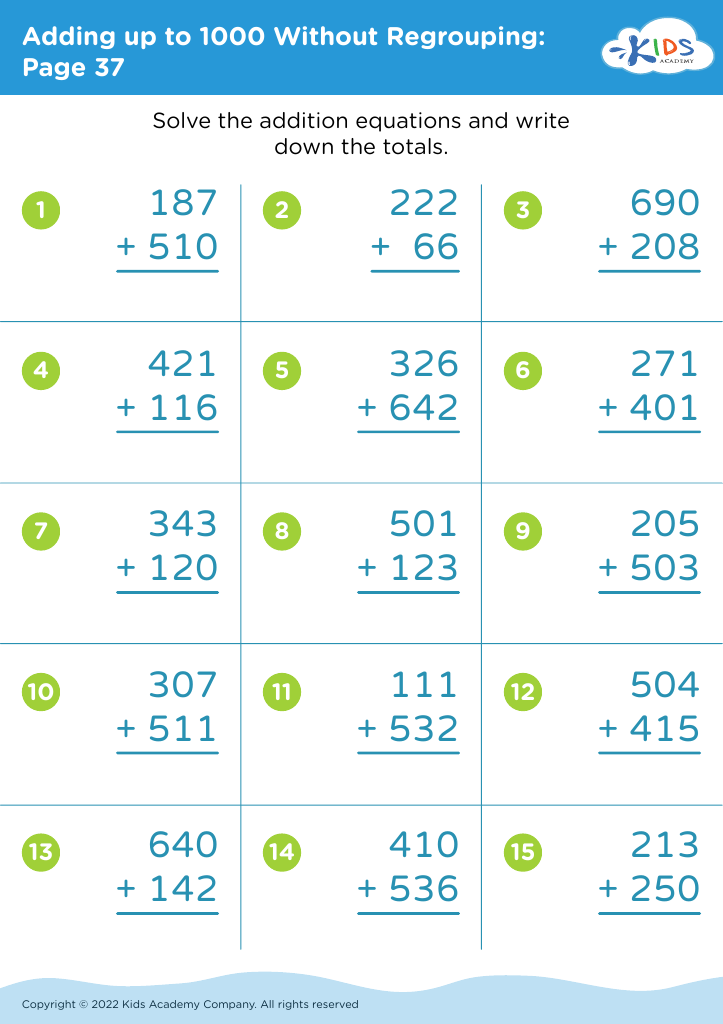
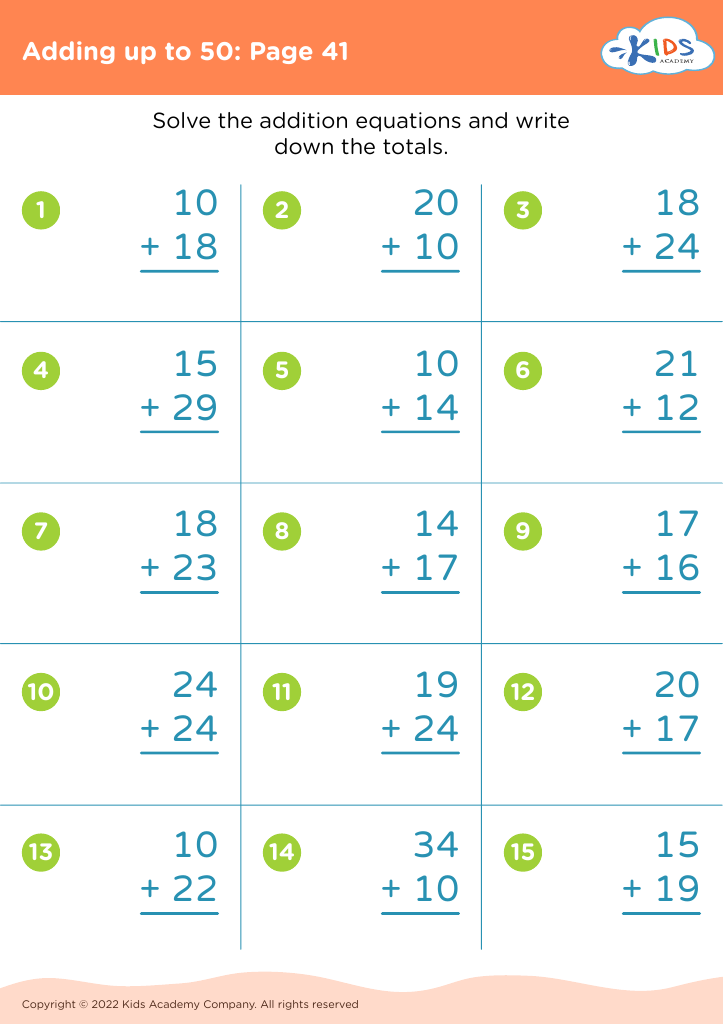


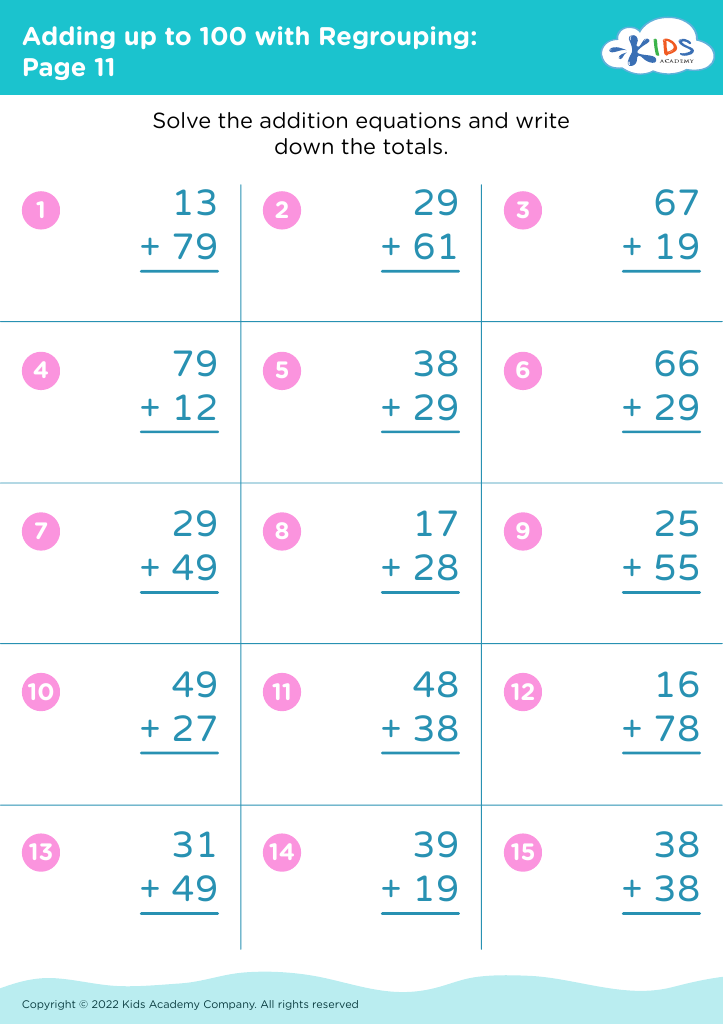
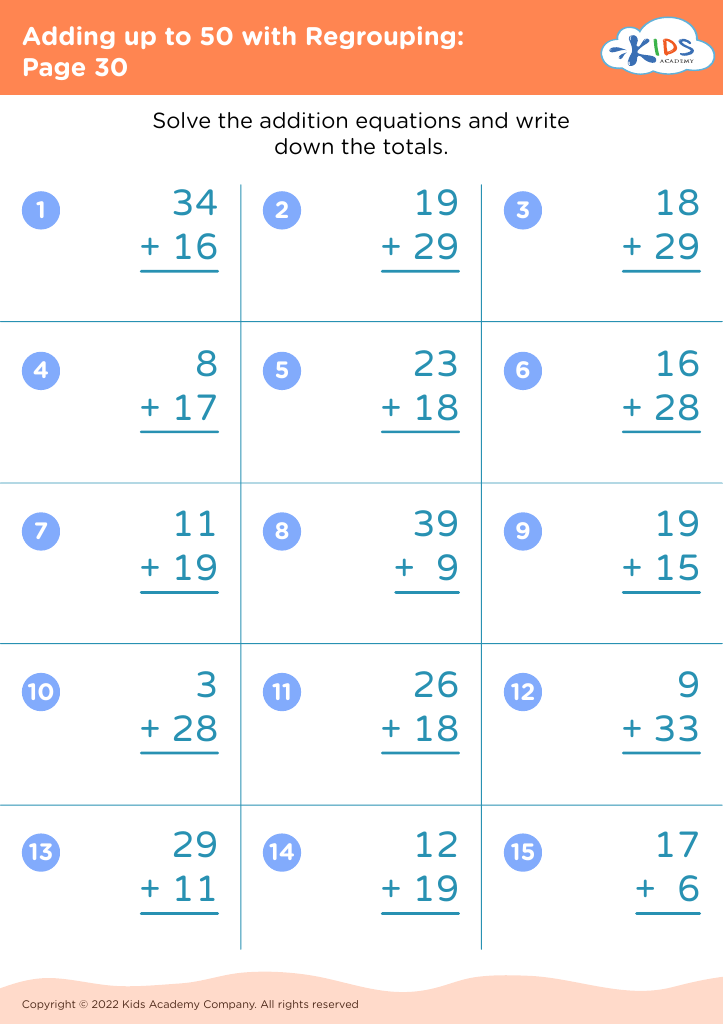
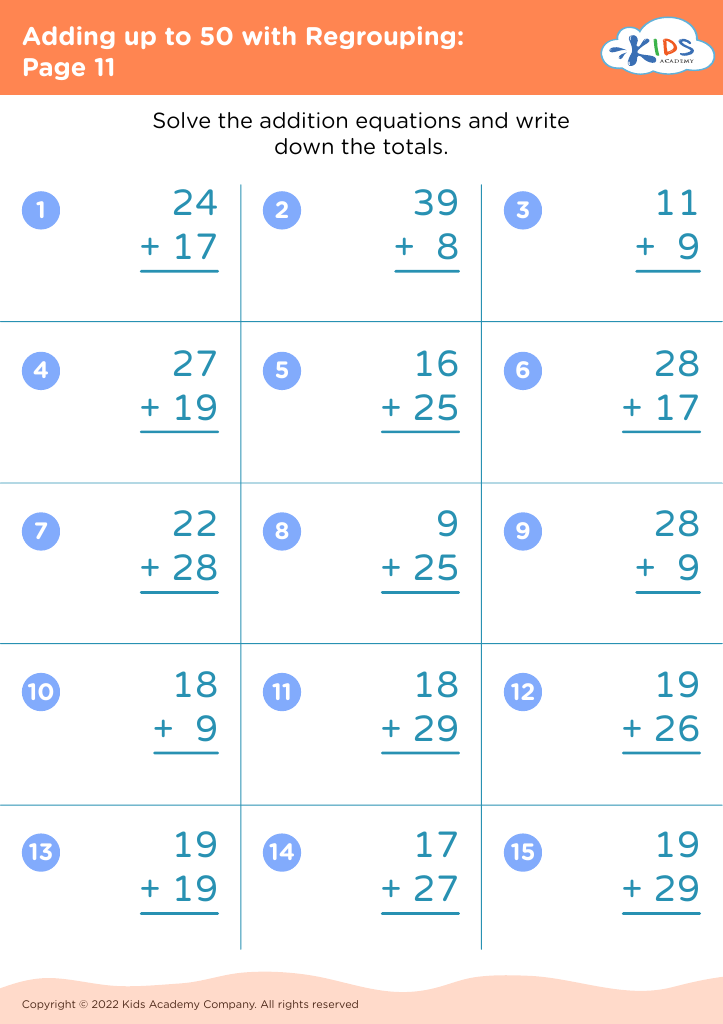

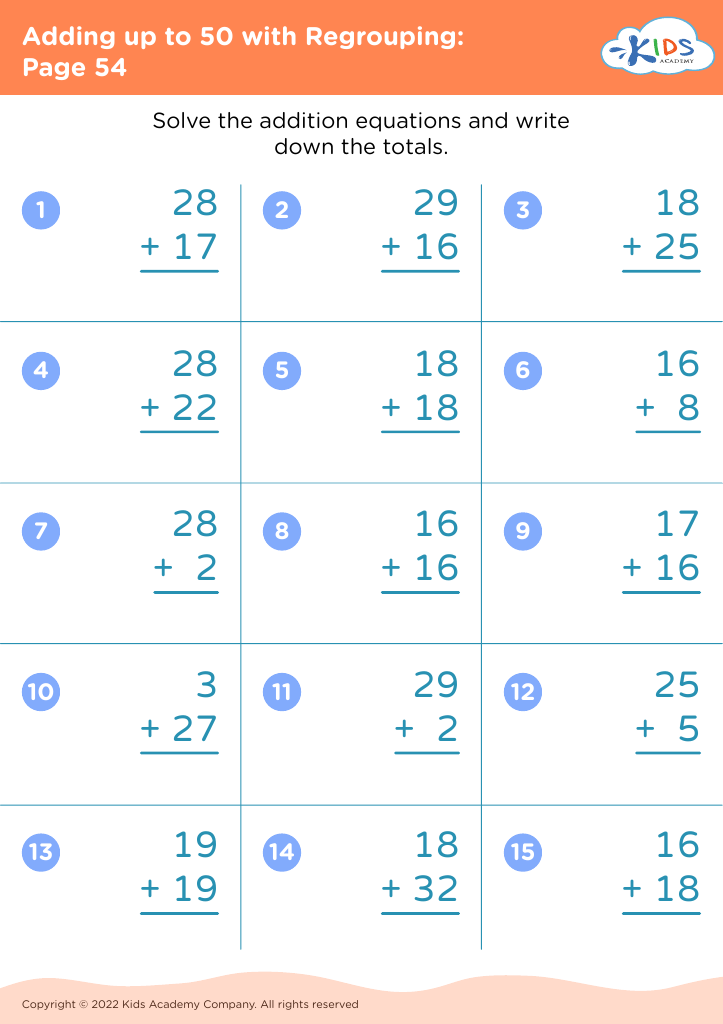
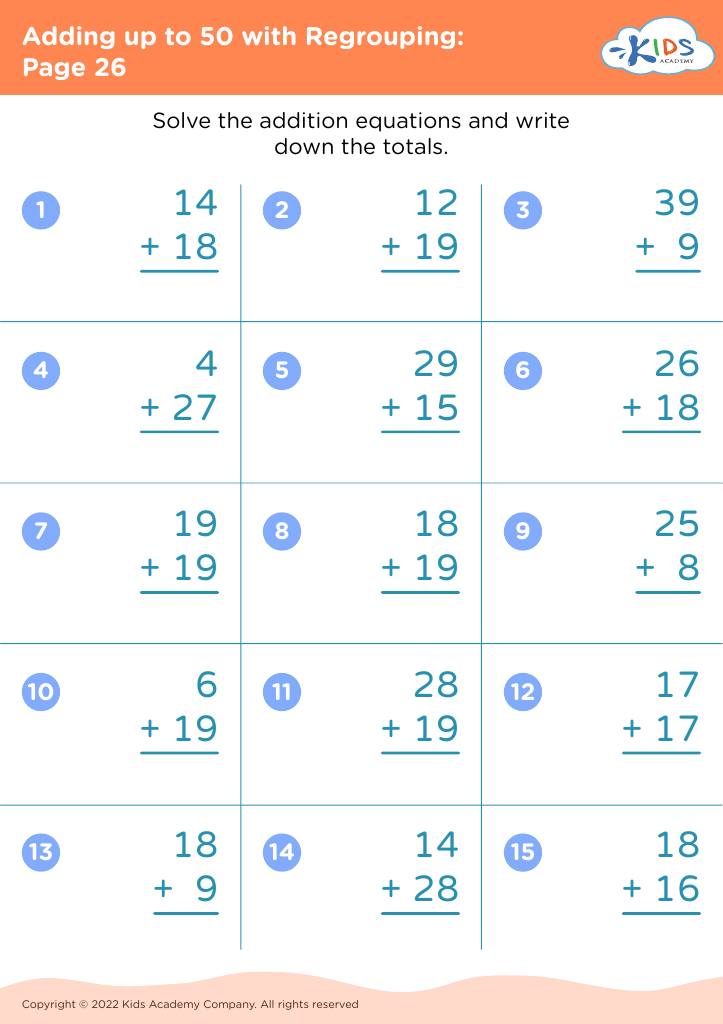



.jpg)
